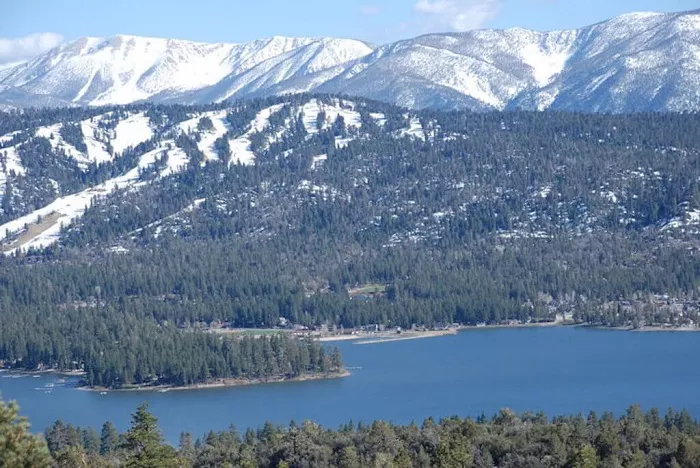Southern California is renowned for its mild and pleasant climate, making it a popular destination year-round. However, January presents a unique weather profile that varies across the region, influenced by coastal proximity, elevation, and prevailing wind patterns. This article delves into the typical weather conditions in Southern California during January, providing a comprehensive overview to assist travelers and residents in planning accordingly.
General Climate Overview
In January, Southern California experiences its winter season, characterized by cooler temperatures and increased precipitation compared to other months. The climate is influenced by several factors:
- Coastal Influence: Coastal areas like Los Angeles and San Diego maintain milder temperatures due to the moderating effect of the Pacific Ocean.
- Inland Variation: Inland cities such as Riverside and Lancaster experience more significant temperature fluctuations, with cooler nights and warmer days.
- Mountainous Regions: Areas like Big Bear Lake and Lake Arrowhead can experience snowfall, attracting winter sports enthusiasts.
Temperature Patterns
Average temperatures in January vary across Southern California:
- Los Angeles: Average high of 66°F (18.9°C) and average low of 50.9°F (10.5°C).
- San Diego: Average high of 66°F (18.9°C) and average low of 50°F (10°C).
- Inland Empire (e.g., Riverside): Average high of 68°F (20°C) and average low of 44°F (6.7°C).
- High Desert (e.g., Lancaster): Average high of 59°F (15°C) and average low of 31°F (-0.5°C).
- Mountain Areas (e.g., Big Bear Lake): Average high of 45°F (7.2°C) and average low of 22°F (-5.6°C).
Precipitation and Rainfall
January is typically the wettest month in Southern California:
- Los Angeles: Receives approximately 3.3 inches (84 mm) of rainfall over 6 days.
- San Diego: Receives about 2.0 inches (50 mm) of rainfall over 7 days.
- Inland Empire: Receives around 2.6 inches (66 mm) of rainfall over 5 days.
- High Desert: Receives about 1.5 inches (38 mm) of rainfall over 5 days.
- Mountain Areas: Receives approximately 5.1 inches (130 mm) of rainfall over 9 days.
Sunshine and Daylight
Despite being the wettest month, January still offers considerable sunshine:
- Los Angeles: Experiences an average of 6.8 hours of sunshine per day.
- San Diego: Experiences about 6.0 hours of sunshine per day.
- Inland Empire: Experiences approximately 6.5 hours of sunshine per day.
- High Desert: Experiences around 7.0 hours of sunshine per day.
- Mountain Areas: Experiences about 5.5 hours of sunshine per day.
Wind and Humidity
Wind patterns and humidity levels also play a role in January’s weather:
- Santa Ana Winds: These dry, hot winds can occur in January, particularly affecting coastal areas. They can elevate fire risk and reduce humidity levels.
- Average Humidity: Coastal areas maintain an average relative humidity of 53%, while inland areas experience lower humidity levels, contributing to drier conditions.
Snowfall in Mountain Regions
Mountainous areas in Southern California can receive snowfall in January:
- Big Bear Lake: Receives an average of 20 inches (50 cm) of snow during January, attracting skiers and snowboarders.
- Lake Arrowhead: Receives about 15 inches (38 cm) of snow, offering winter recreational activities.
- Mount Baldy: Receives approximately 25 inches (64 cm) of snow, popular among winter sports enthusiasts.
Travel and Outdoor Activities
January’s weather conditions influence outdoor activities:
- Coastal Areas: Ideal for beach walks and sightseeing, though ocean temperatures are cooler.
- Inland Areas: Suitable for hiking and exploring desert landscapes, with cooler temperatures providing comfort.
- Mountain Areas: Perfect for skiing, snowboarding, and snowshoeing, with snow-covered trails and resorts.
Conclusion
January in Southern California offers a diverse range of weather conditions, from mild coastal climates to snowy mountain regions. Understanding these variations can help residents and visitors plan appropriate activities and attire. Whether enjoying the beach, hiking in the desert, or skiing in the mountains, Southern California’s January weather provides opportunities for various outdoor experiences.

